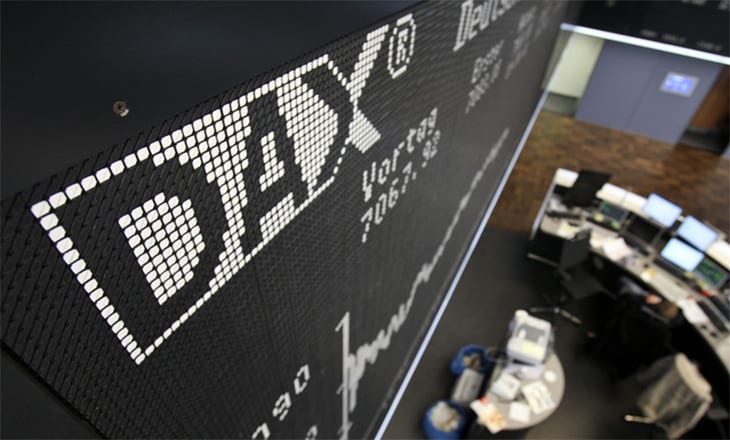Deutsche Börse is launching five net return indices thus adding a new calculation version to its DAX family. Deutsche Börse’s selection indices were previously calculated as performance and price indices, now,
- the DAX Net Return (ISIN DE000A1A4D00),
- DAX Net Return USD (ISIN DE000A1A4D18),
- MDAX Net Return (ISIN DE000A0Z3ND6),
- SDAX Net Return (ISIN DE000A0Z3NE4) and
- TecDAX Net Return (ISIN DE000A0Z3NF1) indices
offer additional options. In the case of net return indices, shareholder dividend and bonus payments are not fully reinvested in the index, compared to performance indices, but as net dividends; that is, dividends less capital gains tax and solidarity surcharge. This version in particular allows structured product providers more attractive and accurate tracking, while reflecting their products’ performance more precisely.
By calculating our DAX family as a net return version, we are further broadening our range of indices, allowing us to meet the requirements arising from changed market conditions. Our clients can choose the version that best fits their respective needs,” said Holger Wohlenberg, Managing Director of Deutsche Börse Market Data + Services.
All Deutsche Börse net return indices are calculated in real time and are available in euro; the DAX Net Return USD Index is calculated in US dollars. The historical back-calculation extends back to 30 December 2015. Previously, Deutsche Börse calculated its important equity and bond indices as price and performance indices. Price indices track the pure price movement of a certain securities portfolio and exclude any dividend payments. They therefore also reflect the typical price declines following dividend payouts. Performance indices are calculated on the basis of reinvesting dividends and bonus payments to shareholders in the hypothetical portfolio. The DAX index is usually considered in its performance index version. As tax rates with national provisions are underlying, the DAX in its performance index version continues to be the best performance indicator on an international comparison.
The DAX index measures the performance of the 30 largest and most liquid companies on the German stock market and represents around 80 percent of market capitalisation of companies listed in Germany. In addition to the DAX itself, the DAX index family comprises the MDAX, tracking the 50 largest companies with the highest stock exchange turnover below the DAX index, TecDAX, which focuses on technology companies ranking below the DAX index, and the SDAX, with the 50 largest and next most actively traded companies below MDAX.
